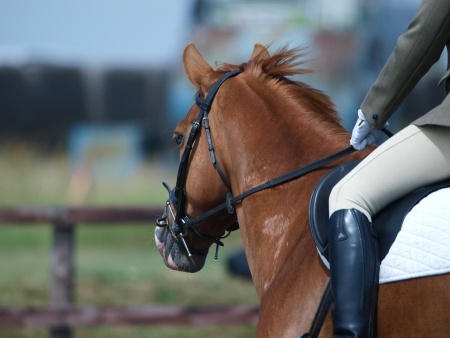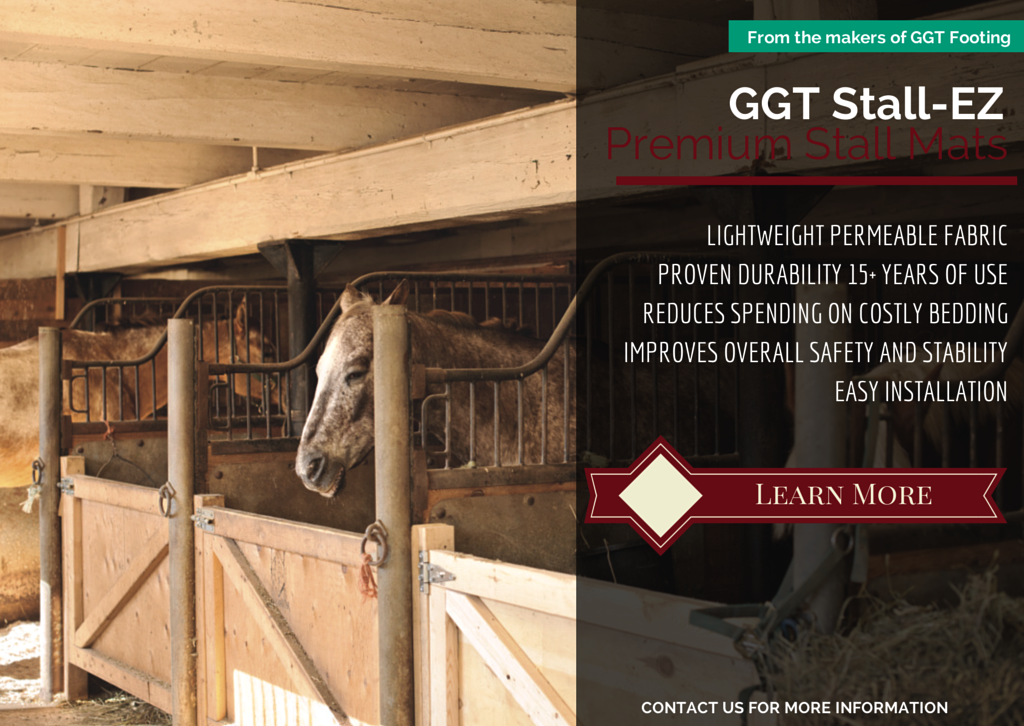Getting serious about making your facility dressage-friendly comes with some important decisions about dressage arena layout. There are several elements to a professional-grade dressage arena, and the needs of the riders who will be using the arena will determine how these elements look at your facility.

Arena Size
One of the first choices you'll need to make regarding dressage arena layout is the size of the arena. Facilities with limited space may find that a 40 meter by 20 meter arena is sufficient to meet their needs, especially if the arena will be used for schooling and for low-level competitions. However, if you want to draw serious competitors in the upper levels of dressage, a 20 meter by 60 meter arena will allow equestrians to ride upper-level tests in your dressage arena.
Fence Height
For upper-level riders, the choice between a high arena fence and a low arena fence is more aesthetic than practical. In fact, some competition facilities go with a simple barrier no higher than a cavaletto. However, if you want your dressage arena to be used for schooling green horses or hosting beginner dressage competitions, a taller fence for your dressage arena can make life easier and safer for all involved.
Warm-up Area
Although many dressage arenas only have one layer of fencing, many facilities build their dressage ring within a larger arena. At competitions, this allows riders to maintain a 'holding pattern' around the dressage ring at a walk or trot while the previous rider finishes up his or her test. This is particularly useful at lower-level shows, where riders may be acclimating a green horse to the sometimes unsettling environment of the dressage arena.
Footing
The most beautiful, well-situated arena in the world is useless if horses risk injury by working on the poor footing inside. If the footing is too hard and rocky, horses can bruise their feet or develop impact-related injuries. If the footing is too soft and deep, horses risk disastrous tendon injuries from having to work too hard to gain traction. At a bare minimum, your arena should be floored with high quality sand footing. If you choose to upgrade to more advanced options, your facility is more likely to become a favorite among upper-level riders who make their horses' soundness and comfort a high priority.
A determined equestrian can make a dressage arena in an empty lot out of cinder blocks and spray paint. A professional facility, however, must put much more thought and effort into designing an excellent dressage arena. From the size of your arena to the footing within it, dressage arena layout should be planned in accordance with the needs of your facility's users.
East-West Arena Construction is dedicated to helping you build an arena that makes your facility a favorite among casual horsemen and competitive riders alike. Please feel free to contact us to learn more about the arena solutions we offer.


